We effortlessly cruised on our watery path through the bottomland swamp flanking the Santee Delta. The forested sides of the waterway were colored by the newly-emerging spring foliage, reflecting on the creek’s surface: cypress, maple, oak. 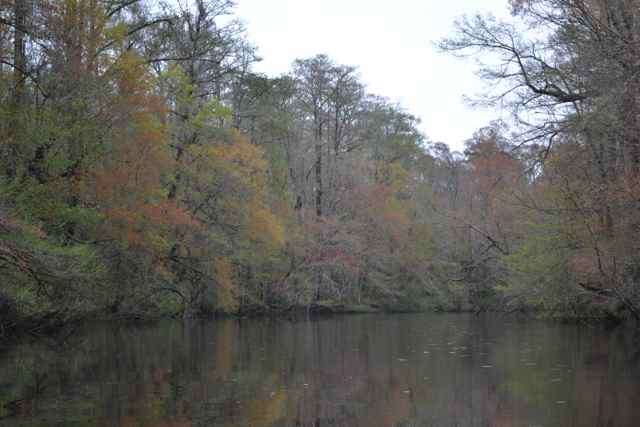
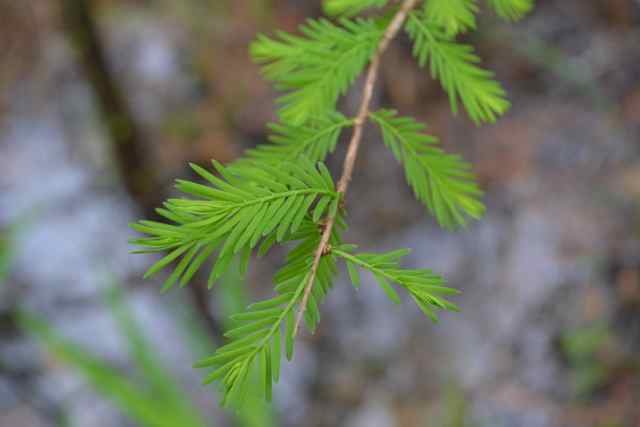
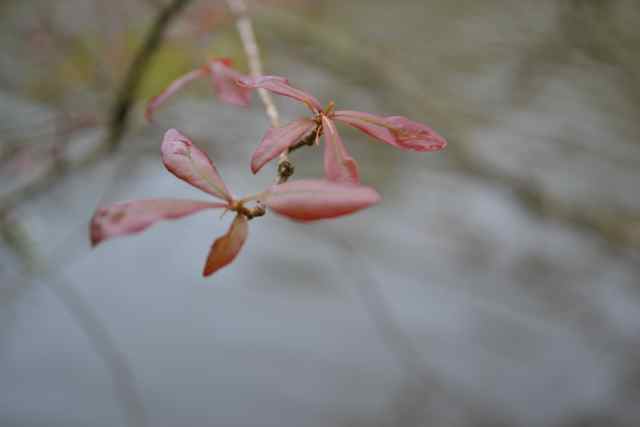 A local meteorologist had described the forecast as “horrible”; what we experienced was an intermittent light rain and cloud cover creating a diffused lighting throughout this watery world. The destination lay ahead in the Delta – one of the many historic plantations in the Rice Kingdom. As twenty-first century explorers, armed with an early nineteenth century plat, Ian Sanchez and I paddled in familiar waters and past unknown lands on our quest.
A local meteorologist had described the forecast as “horrible”; what we experienced was an intermittent light rain and cloud cover creating a diffused lighting throughout this watery world. The destination lay ahead in the Delta – one of the many historic plantations in the Rice Kingdom. As twenty-first century explorers, armed with an early nineteenth century plat, Ian Sanchez and I paddled in familiar waters and past unknown lands on our quest.
The seventeen-foot Grumman canoe was a gift from my friends Sam and Nan Welsh, part of their downsizing and discarding as they moved from Awendaw to the Franke community. This aluminum boat has a historic significance for its Hugo trauma. Brought to my property for “safety” before the storm’s landfall, it was squashed like a beer can by one of the many falling trees. 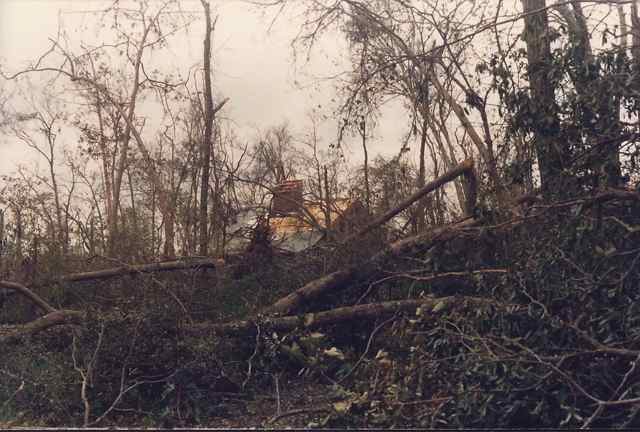 Sam found someone to pound and weld it so it would float and ply the waters again.
Sam found someone to pound and weld it so it would float and ply the waters again.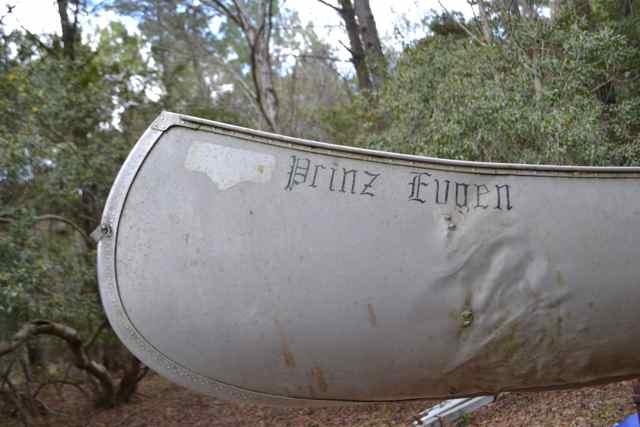 Badly scarred by the natural disaster, it paddled with ease in my first trips in the marshes of Cape Romain. I created a canoe extension for my truck to eliminate the need for trailer or truck racks, and it proved serviceable out on the highway for accessing distant waterways in the Lowcountry.
Badly scarred by the natural disaster, it paddled with ease in my first trips in the marshes of Cape Romain. I created a canoe extension for my truck to eliminate the need for trailer or truck racks, and it proved serviceable out on the highway for accessing distant waterways in the Lowcountry.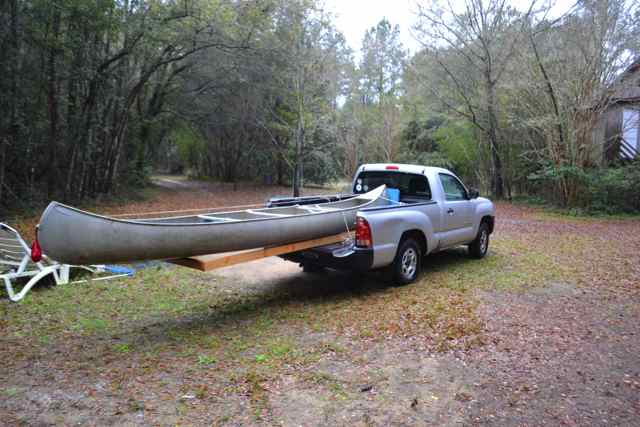
Having reached our main destination, we scrambled up the bank to begin our quest. The plat showed various structures: main house and outbuildings, rice mill, and two slave streets with numerous slave dwellings. We did not know what to expect, and our search revealed only traces of the past structures: a prominence for the main house site, a live oak lined “street”, and brick rubble here and there. 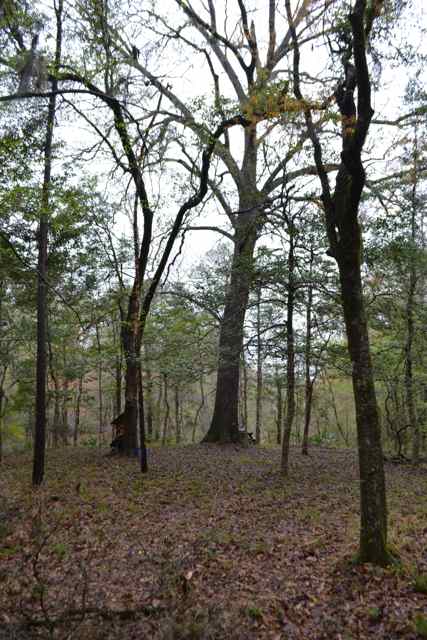
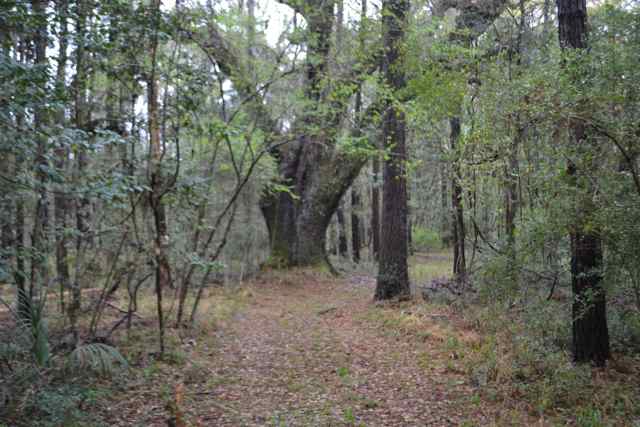
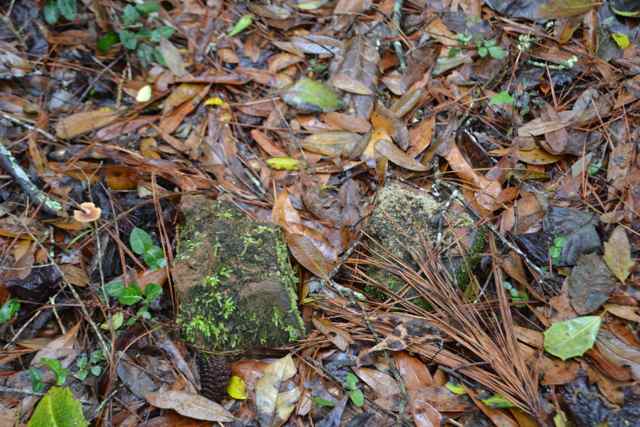 The water features included the outlet to waters connecting to the Santee, and a “Reserve” listed on the plat. The outlet bisected the embankment, so we went around in the canoe to access the other side. This manmade dike extended some distance to the east, and had a natural path on its ridge kept open it seemed by animal traffic.
The water features included the outlet to waters connecting to the Santee, and a “Reserve” listed on the plat. The outlet bisected the embankment, so we went around in the canoe to access the other side. This manmade dike extended some distance to the east, and had a natural path on its ridge kept open it seemed by animal traffic.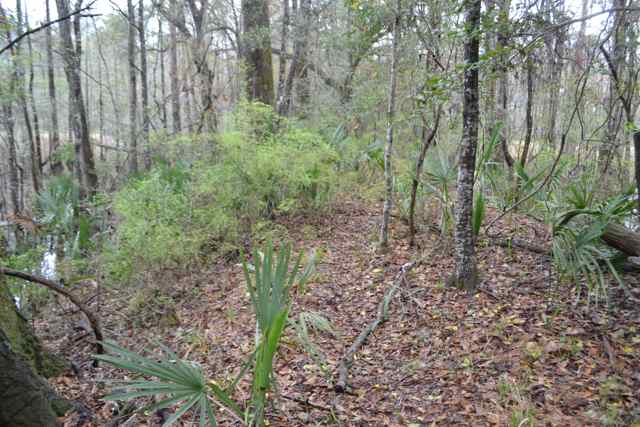 It separated the tidal from the reserve waters.
It separated the tidal from the reserve waters.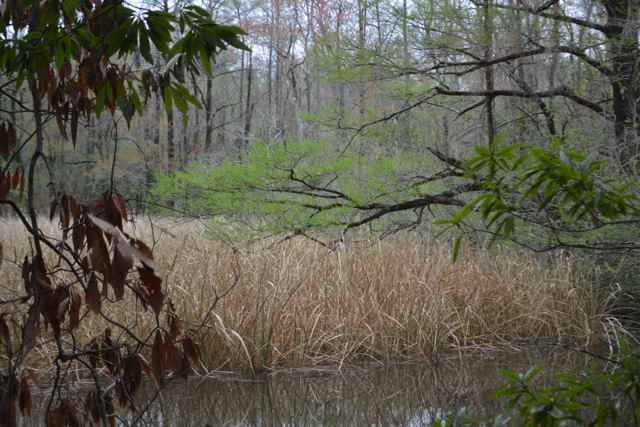
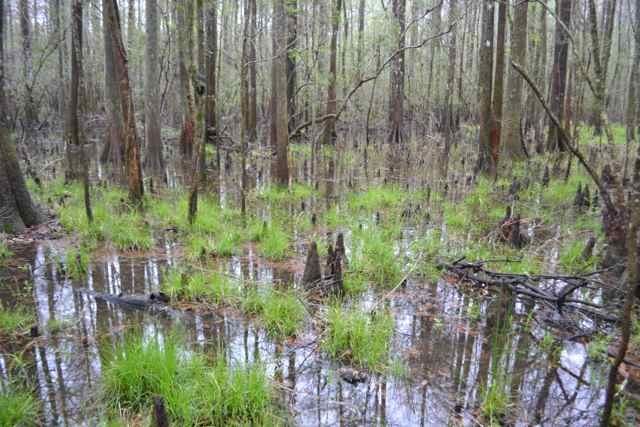 No sign remained of the water-run rice mill, but the elements for the power were all there. We left these lands after our exploration, contemplating more questions: of a Native American village, European settlers carving plantations out of the wilderness, a majority population of African American slaves. It seemed that some of the answers might lie, as at Hampton Plantation, Beneath the surface.
No sign remained of the water-run rice mill, but the elements for the power were all there. We left these lands after our exploration, contemplating more questions: of a Native American village, European settlers carving plantations out of the wilderness, a majority population of African American slaves. It seemed that some of the answers might lie, as at Hampton Plantation, Beneath the surface.
The Delta contains its own archipelago of islands bounded by numerous waterways. The islands and creeks have changed names through history via the latest residents, i.e. Watahan to Manigault to Chicken Creek. We touched on one of these Delta islands, once under intensive rice cultivation.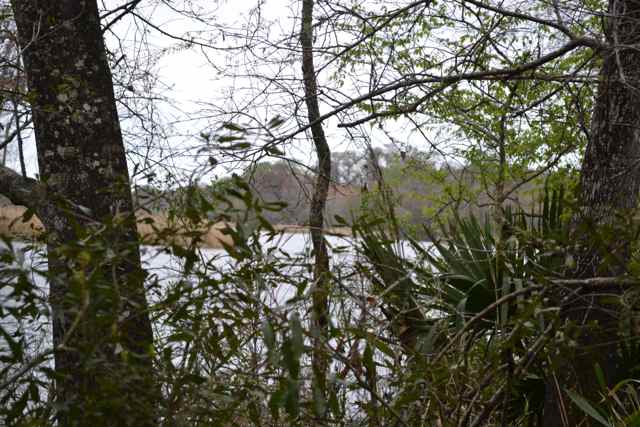 These lands were originally part of the vast Santee River swamp: deforested for the creation of rice fields by the enslaved, and now reverting to bottomland hardwood swamp. Cypresses, gums, and oaks along with low-lying dwarf palmetto and canes populated the former rice monoculture.
These lands were originally part of the vast Santee River swamp: deforested for the creation of rice fields by the enslaved, and now reverting to bottomland hardwood swamp. Cypresses, gums, and oaks along with low-lying dwarf palmetto and canes populated the former rice monoculture.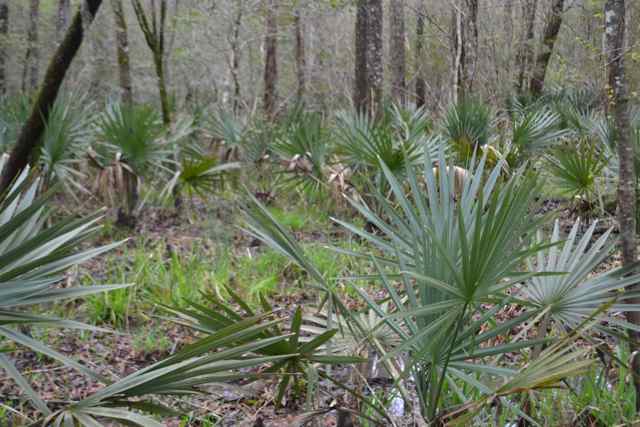
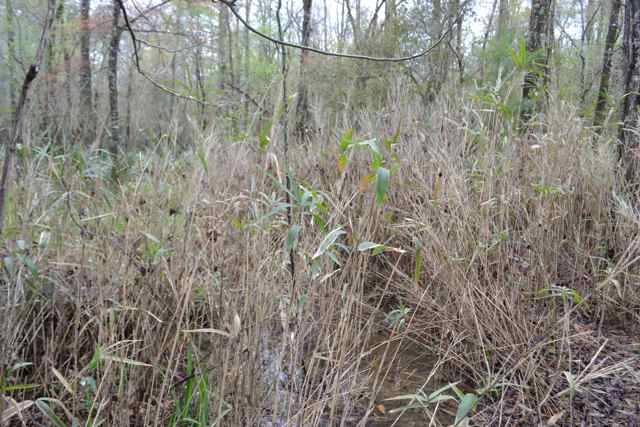 Signs of recent “plowing” were evident from an introduced animal population gone wild – feral hogs.
Signs of recent “plowing” were evident from an introduced animal population gone wild – feral hogs.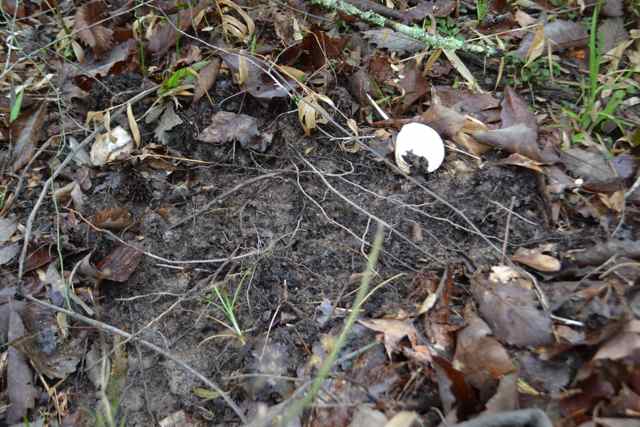
We paddled back through the swamp with the last of the incoming flow. These waters and lands exuded intangible mysteries. We followed centuries of paddlers passing through on multiple missions: to seek camp, to hunt, to explore, to settle, to chase, to flee. The swamp held on to its secrets; our business was unfinished.
Looks like an interesting paddle, Bob. And I love that canoe extension on your truck! Bet you freaked out some drivers with that!
I never forget to put that red flag on. For night I will probably hang a portable flasher.
Plan on a swamp paddle in this long boat in the near future.
Humphrey Bogart’s boat was the African Queen. Maybe the canoe should have the name the “Awendaw Queen”.
She is royalty, for sure; bruised, but not beaten.
She is always around for your paddling – you know where to find her.
Nice paddle… I love Chicken Creek!
One of the earlier names for Chicken Creek was the Native American “Watahan” – from French Santee.
Seems like there should be a Prevost Creek somewhere.